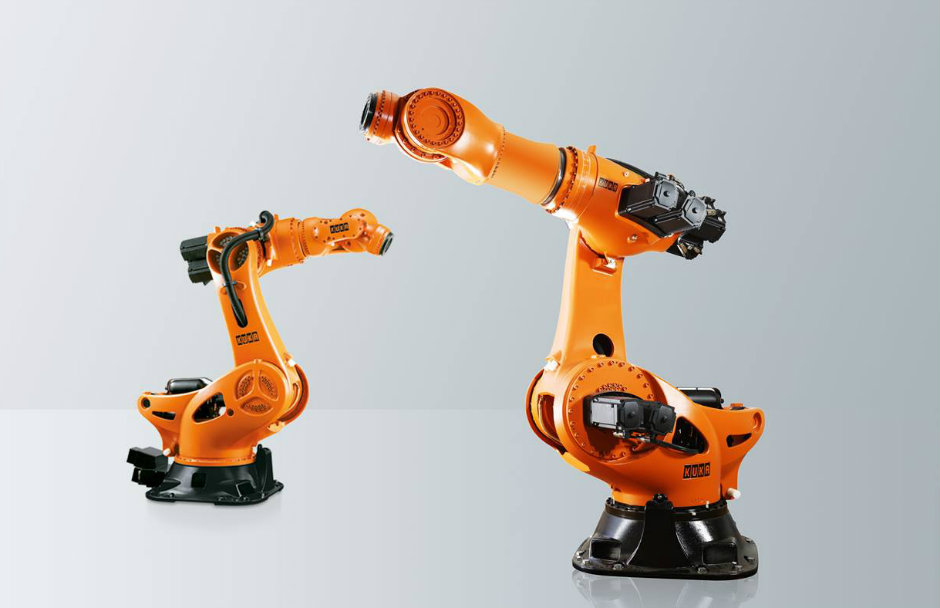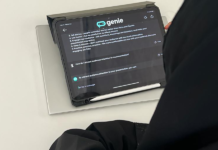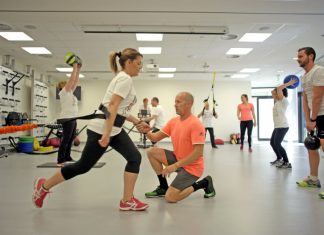It’s one thing to marvel at how a 1.6 tonne luxury saloon pirouettes gracefully through the air in a striking stage performance. It’s quite another to build and programme the KR1000 robot that orchestrates such balletic manoeuvres.

The sheer dexterity of KUKA Robotics’ highest payload robot is a testament to the Augsburg, Germany company’s intelligent automation systems and its world-class robot technology, especially in the automotive sector. By next year, 42 million robots are expected to be sold, up from 5.5 million in 2015.

But not all are industrial behemoths like the KR1000. For the first time, last year demand for manufacturing robots outstripped supply. Every conceivable industry, from aerospace to shoe making and food to textiles, is getting in on the act.
The trend is for manufacturers globally to demand smaller, nimbler machines to perform tasks typically confined to a space the size of a worker’s cubicle. This surge in automating processes is partly driven by demographics—there is a dearth of working-age people in many countries, including China. Stark economics play their part, too: robots are far faster, more precise and cheaper over time than their human counterparts.
Stefan Lampa, CEO at KUKA, argues the case for robots in manufacturing is compelling. “If you automate with robots, it is typically a software automation, which makes it very easy to reprogram for new products.”
“Other ways of automation can be more restrictive. You can do the same products over and over again very easily but when you change the product, the cost may be very high. The advantage of robotics is that you can make it really simple by reprograming and the rest of the change is fairly limited. That is why robotics is good when you have a lot of change over between your products.”
Lampa’s clients value the arithmetic of automation, too, delivering KUKA €3 billion in annual revenue. Aided by a human complement of over 13,000 staff in 39 countries from Algeria to Vietnam, KUKA is best known for agile robots boosting output and precision in automotive. But it also services aerospace, energy, healthcare, film and TV and an array of other sectors.
And it’s not just big-budget conglomerates, like premier client Volkswagen, that KUKA’s prosthetic workforce aids. “In general, it used to be fairly big companies going into robotics but we are starting to see the SMEs are getting more and more interested in it. That is very important. If you look at the Western world, if the SMEs are going to stay competitive they need to automate,” explains Lampa.
KUKA is poised to roll out robots weighing just one kilo to meet such demand, part of its ‘industrial intelligence 4.0’ philosophy embracing AI, deep learning and the industrial Internet of Things to be presented at Hannover Messe later this month![]()


































